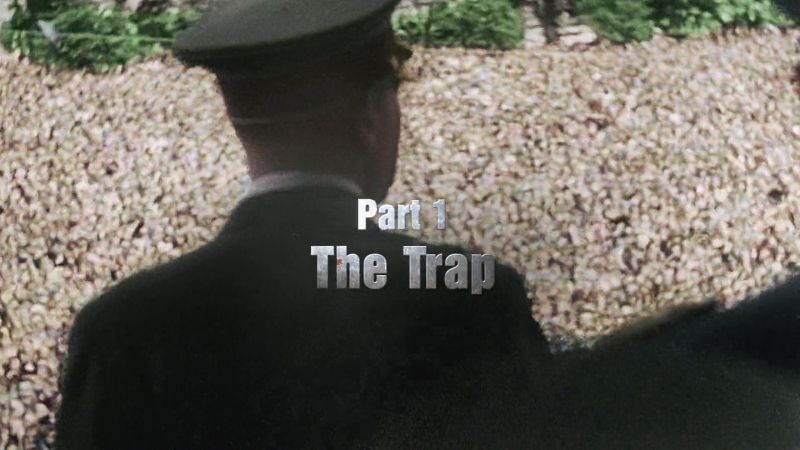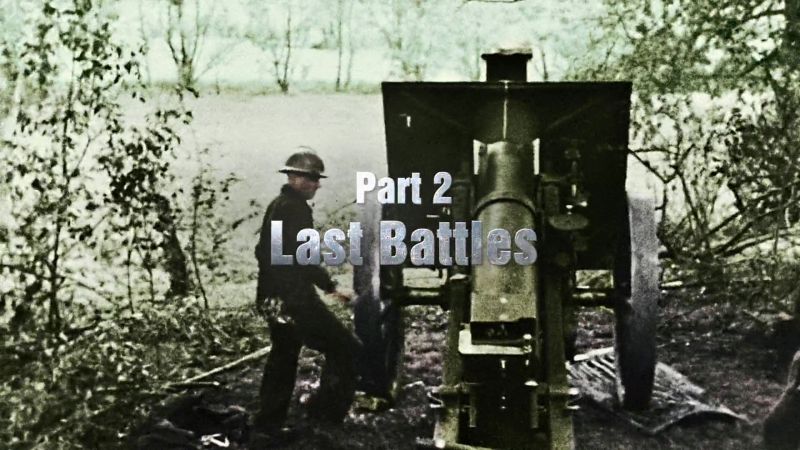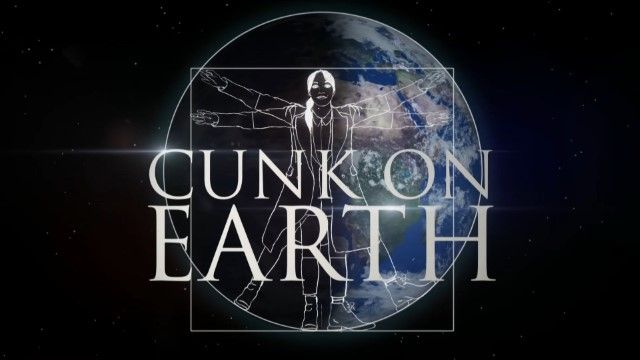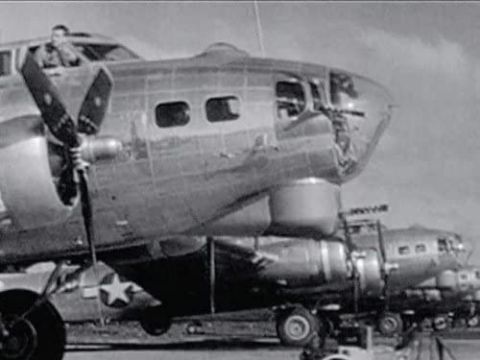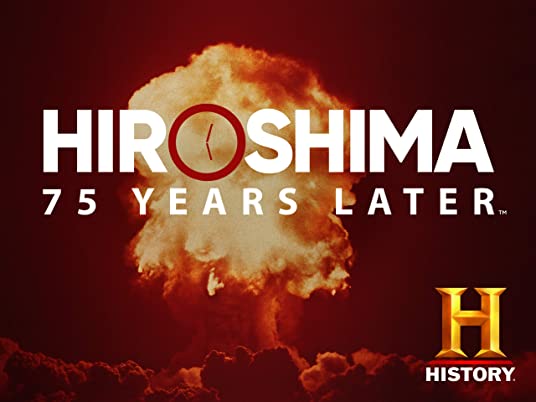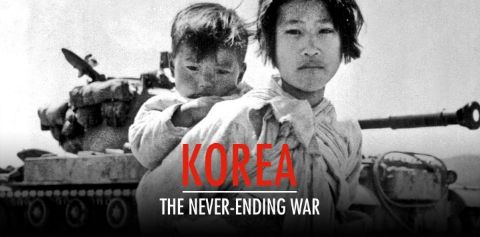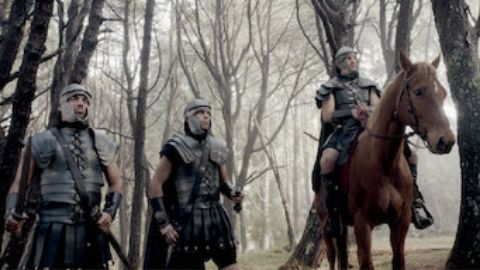The Trap • 2020 • episode "S1E1" • Apocalypse: Hitler Takes on the West
1940. Nine months after the outbreak of World War II, Hitler attacks in the West, Belgium, the Netherlands, France and Great Britain. The "phoney war" ends, the real war begins, in an unleashing of violence never seen before. The devastating blitzkrieg exceeds all expectations in intensity and its soldiers push back all human limits by consuming Pervitine, a synthetic drug that prevents them from sleeping. After a four-year-long First World War, Hitler's feat was to defeat Belgium and the Netherlands in 18 days and France in barely 45 days... The Nazi apocalypse swept through Sedan, on the Somme and to the English Channel, the last rampart of Great Britain. At Dunkirk, which had become a bottleneck, the British fled en masse under enemy fire. Can Churchill save them?
Make a donation
Buy a brother a hot coffee? Or a cold beer?
Hope you're finding these documentaries fascinating and eye-opening. It's just me, working hard behind the scenes to bring you this enriching content.
Running and maintaining a website like this takes time and resources. That's why I'm reaching out to you. If you appreciate what I do and would like to support my efforts, would you consider "buying me a coffee"?
Donation addresses
BTC: bc1q8ldskxh4x9qnddhcrgcun8rtvddeldm2a07r2v
ETH: 0x5CCAAA1afc5c5D814129d99277dDb5A979672116
With your donation through , you can show your appreciation and help me keep this project going. Every contribution, no matter how small, makes a significant impact. It goes directly towards covering server costs.
